Issues facing Edmonton
How will you improve transit safety?
Recommendations to Improve Transit Safety
Category Specific Measures
Enforcement & Presence• Increase transit peace officer / security staff presence, especially during peak concern times and in stations/bus stops known for issues.
• Ensure patrols are visible but also community-oriented (e.g. interacting positively with riders).
• Consider “mobile patrols” on buses/LRT during off-peak hours.
Infrastructure & Design• Improve lighting in and around stations, bus stops, pathways to stations, shelters.
• Install or upgrade CCTV/security cameras, ensuring good coverage, high-quality video, and signage noting surveillance.
• Use design strategies to eliminate hidden corners, improve lines of sight, reduce areas of congregation where safety risks tend to occur.
• Ensure stations are well maintained: cleanliness, repair of vandalism, broken glass/windows, etc.
• Improve physical barriers or safe zones, e.g. well-designed shelters, benches in visible locations.
Communication & Reporting• Make reporting mechanisms more visible and easier: post Transit Watch contact info more clearly at all stops, in vehicles; possibly develop a mobile app for safety concerns with GPS location.
• Transparent reporting back to public: statistics, improvements made, response times.
• Public awareness / education campaigns: how to safely intervene, what riders can do, how to de-escalate, bystander training.
• Signage in multiple languages, inclusive design so that all riders understand safety norms and how to report.
Prevention & Social Supports• Partner with social services to provide supports in or near transit hubs: outreach for mental health, addiction, homelessness. Ensuring transit spaces are not used as shelters without supports.
• Programs to reduce loitering and substance use through assistance rather than punishment alone.
• Community engagement: involve riders, neighbourhoods near transit stops, BIDs (Business Improvement Districts), local businesses in creating safer spaces.
Policies & Regulation• Clear policies around unacceptable behavior, with enforced consequences but also designed to avoid discrimination.
• Review fare evasion, loitering, etc. – make sure enforcement is fair, non-discriminatory.
• Consider changing hours or design of access for certain stations if they are hotspots for crime.
• Ensure staffing (operators, security) are trained in de-escalation, crisis response.
Technology & Monitoring• Use data analytics to identify hotspots: which stops, times, routes have higher incidents. Allocate resources accordingly.
• Real-time monitoring of stations via cameras; maybe integrate with AI to detect suspicious behavior or alerts.
• Improve communications systems so that in emergencies, riders can quickly get help (phones, intercoms).
• Integrate transit safety with city safety maps, real-time apps: riders see safety info, perhaps crowds or safety scores.
Perception & Rider Experience• Improve lighting, aesthetics, cleanliness (graffiti removal, broken windows, etc.) because perception often tracks environment.
• More staff presence (not just enforcement, but service staff) to help riders feel someone is there to help.
• Design stations with features such as “eyes on the street” (visibility from streets or nearby buildings), open sight lines.
• Frequent announcements or reminders about safe behaviour and reassuring riders that their safety is taken seriously.
Evaluation & Feedback Loops• Regular surveying of riders: where do they feel unsafe, what times, what stops.
• Track metrics (violence incidents, disorder calls, ridership, perception of safety) and make these public.
• Pilot programs (e.g. extra lighting, increased security) and evaluate what works before scaling.
What about property taxes?
Many Edmonton residents are frustrated and disheartened by the constant rise in property taxes. Families, homeowners, and small businesses are being asked to pay more each year while seeing little improvement in city services or accountability from City Council. This isn’t sustainable — it’s unfair.
I believe Edmontonians deserve fair and transparent property tax rates. I will advocate for responsible budgeting that focuses on needs, not waste, and ensures every dollar collected is clearly accounted for. Residents shouldn’t have to search through multiple websites or government documents to find out where their tax dollars are going. City Council must be honest, open, and accountable about how funds are spent and the true costs of every project.
It’s time for change. Council must own its mistakes, address overspending, and stop burdening taxpayers to cover poor planning. We need a City Council that listens to residents, respects their hard-earned money, and delivers real value for every tax dollar spent.
How will you address inner city poverty?
Addressing inner-city poverty requires compassion, collaboration, and action. My focus is on expanding affordable and supportive housing, creating pathways to employment, and strengthening partnerships with community organizations that provide essential services such as mental health care, addiction support, and job training.
In the past, I worked with the Boyle Street Community to help those living on the streets regain a sense of agency and dignity. Together, we created protocols that allowed individuals experiencing homelessness to exercise their right to vote—ensuring that every voice in our city was heard, regardless of circumstance.
As your representative, I will continue to champion solutions that lift people up rather than push them aside. By improving housing access, supporting local job programs, and fostering a safer, more inclusive downtown, we can make O-day’min a place where everyone—residents, workers, and businesses—can thrive.
I am here to work for you and to build a stronger, safer and more compassionate Edmonton for all.
Key Questions being asked.
After years of tension between the Edmonton Police Service, the Police Commission, and City Council, how would you approach rebuilding trust, ensuring collaboration, and improving transparency and accountability?
Rebuilding trust and fostering collaboration among the Edmonton Police Service, the Police Commission, and City Council requires a comprehensive and strategic approach. I would focus my efforts on developing the following.
1.Open Dialogue and Listening Sessions Facilitate regular, structured forums where community members, police representatives, and officials can openly discuss concerns, share perspectives, and collaboratively identify solutions. Prioritize listening to marginalized and underserved groups to understand their experiences and needs.
2. Transparency Initiatives Increase transparency through clear reporting on police activities, use-of-force incidents, misconduct allegations, and disciplinary actions. Make public data and reports accessible and easy to understand.
3.Strengthening Oversight and Accountability Enhance the role of the Police Commission with clear mandates, independence, and authority to oversee police operations effectively. Establish or improve independent oversight bodies with investigative powers.
4.Policy Reforms and Training Review and revise police policies to emphasize community-based policing, de-escalation, and human rights. Invest in ongoing training focused on cultural competence, bias reduction, and trauma-informed approaches.
5.Community Engagement and Partnerships Develop long-term partnerships with community organizations, advocates, and local leaders to co-design policing strategies. Support community-led initiatives to build trust and foster collaboration.
6.Accountability Measures Implement and enforce strict consequences for misconduct. Recognize and reward transparency and exemplary conduct within the police force.
7.Leadership Commitment Ensure leadership within the police service and governing bodies publicly commit to reforms, accountability, and community partnership. Regularly evaluate progress and adjust strategies accordingly. This multi-pronged approach, rooted in genuine engagement, transparency, and accountability, can help rebuild trust and foster a more collaborative, effective, and community-focused policing model in Edmonton.
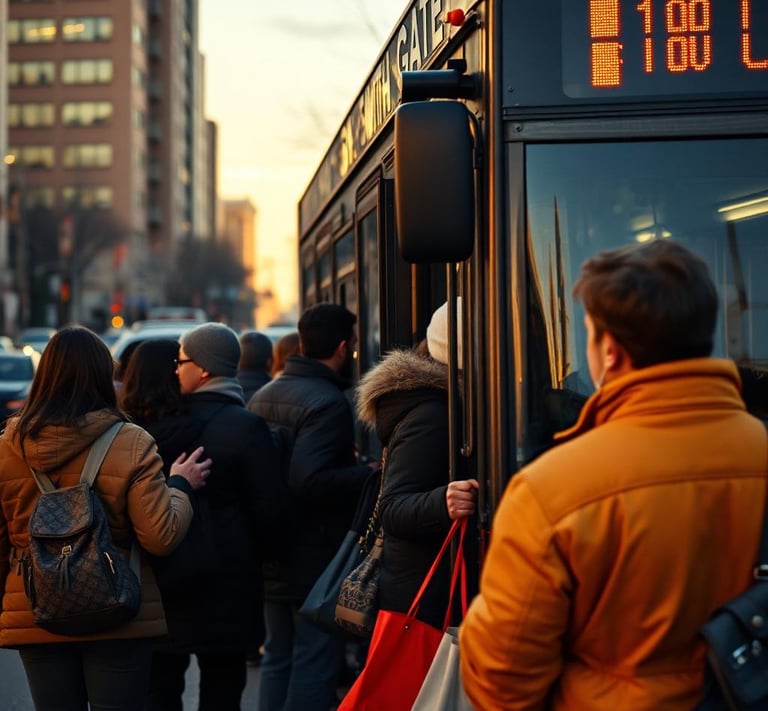

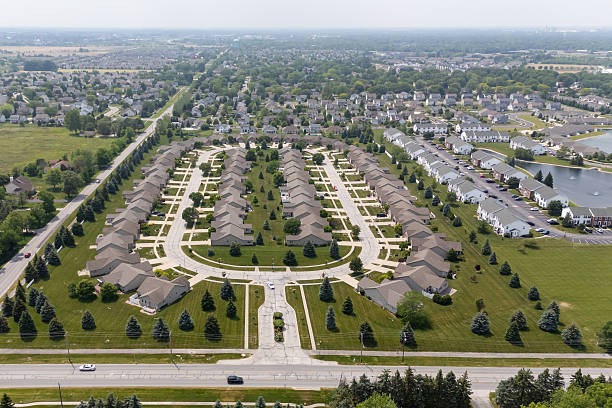

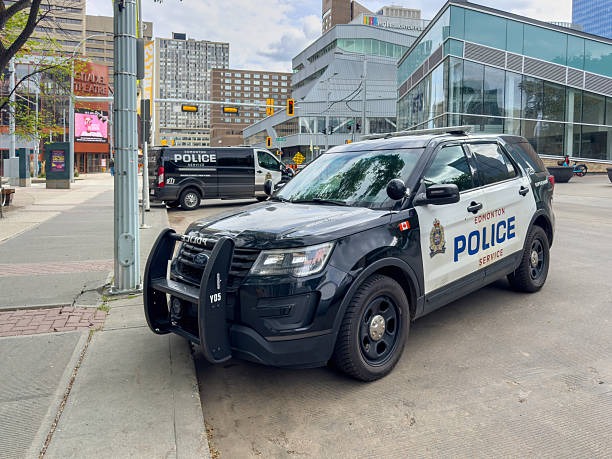

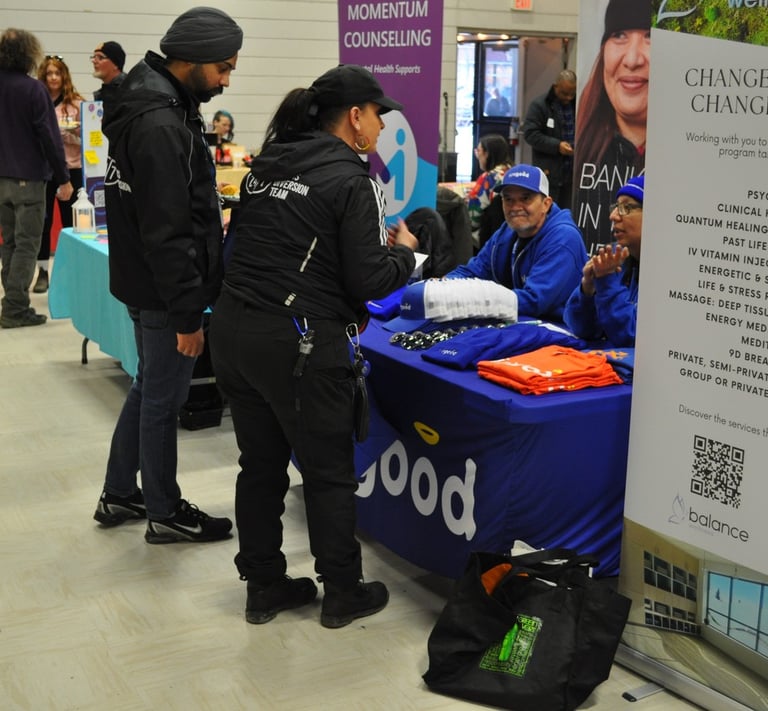

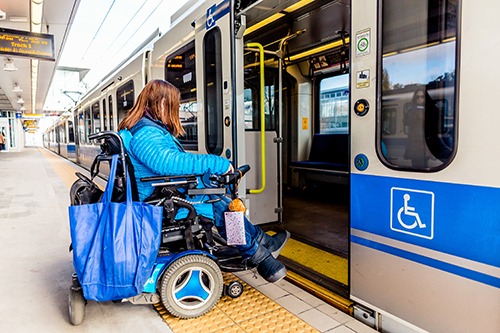

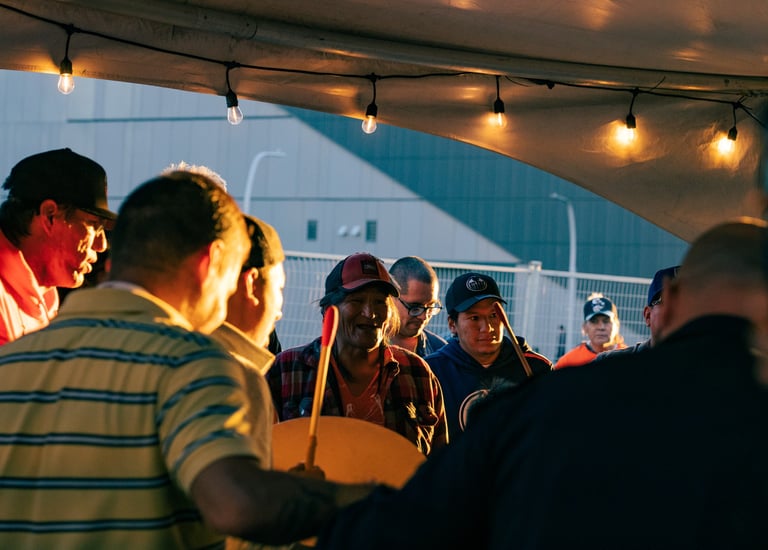

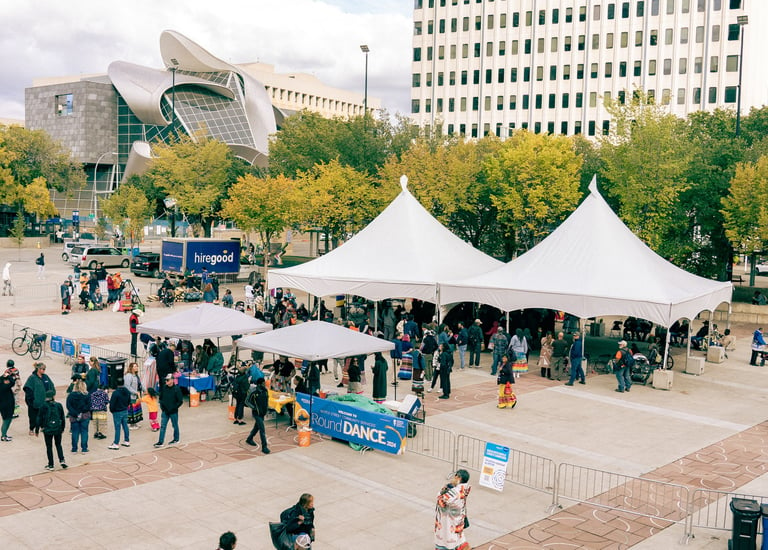

Inner City Poverty
Addressing inner-city poverty requires a multifaceted approach that combines economic, social, and policy solutions. Here are some of my strategies:
Job Creation and Economic Development:
Promote local businesses and attract new industries.
Provide incentives for companies to hire local residents.
Support small businesses and entrepreneurship programs.
Education and Skills Training:
Improve access to quality education at all levels.
Offer vocational training and adult education programs.
Implement mentorship and after-school programs for youth.
Affordable Housing and Homelessness Prevention:
Develop affordable housing projects and subsidized housing.
Strengthen tenant protections and eviction prevention programs.
Support supportive housing for the homeless and those with mental health issues.
Healthcare Access:
Increase access to comprehensive healthcare services.
Promote mental health and substance abuse treatment programs.
Social Services and Community Support:
Enhance social safety nets, including food assistance and child care support.
Foster community engagement and empowerment programs.
Crime Reduction and Safety Initiatives:
Implement community policing and crime prevention programs.
Address root causes of crime such as poverty and lack of opportunities.
Transportation Improvements:
Expand public transportation to connect residents to jobs and services.
Make transportation affordable and reliable.
Policy Reforms:
Advocating for policies that address income inequality.
Improving minimum wages and employment rights.
Combining these strategies with community involvement and tailored local solutions will give us the best results in combating inner-city poverty.
Jobs & Economy
Promoting job growth and economic development in our city, can be achieved through targeted strategies that leverage the city's strengths and address its specific needs. Here is how we can effectively approach jobs and the economy:
Invest in Key Industries:
Support sectors like energy, technology, healthcare, education, and manufacturing.
Promote innovation and diversification beyond traditional oil and gas industries.
Foster Innovation and Technology:
Develop technology parks and innovation hubs.
Provide grants and incentives for startups and tech companies.
Collaborate with universities and research institutions to commercialize research.
Enhance Workforce Development:
Offer training programs aligned with emerging industry needs.
Partner with local colleges and universities for skills development.
Promote apprenticeships and vocational training.
Streamline Business Regulations:
Simplify permitting and licensing processes.
Provide a welcoming environment for entrepreneurs and small businesses.
Infrastructure Investment:
Improve transportation networks, including public transit, roads, and freight corridors.
Invest in digital infrastructure like high-speed internet to attract remote work and tech businesses.
Attract Investment and Talent:
Promote Edmonton as a vibrant, livable city to attract skilled workers.
Offer incentives to companies that relocate or expand into Edmonton.
Support international trade and investment missions.
Promote Sustainability and Green Initiatives:
Invest in renewable energy and green infrastructure.
Support industries focused on environmental sustainability.
Leverage Cultural and Tourism Assets:
Promote Edmonton’s festivals, arts, and cultural events.
Develop tourism infrastructure to attract visitors.
Encourage Public-Private Partnerships:
Collaborate with private sector stakeholders to fund and implement development projects.
Focus on Quality of Life:
Invest in affordable housing, healthcare, and recreational amenities to make Edmonton attractive for residents and talent retention.
Implementing a comprehensive strategy that combines these initiatives, while engaging community stakeholders, will significantly enhance job growth and economic development in our city.